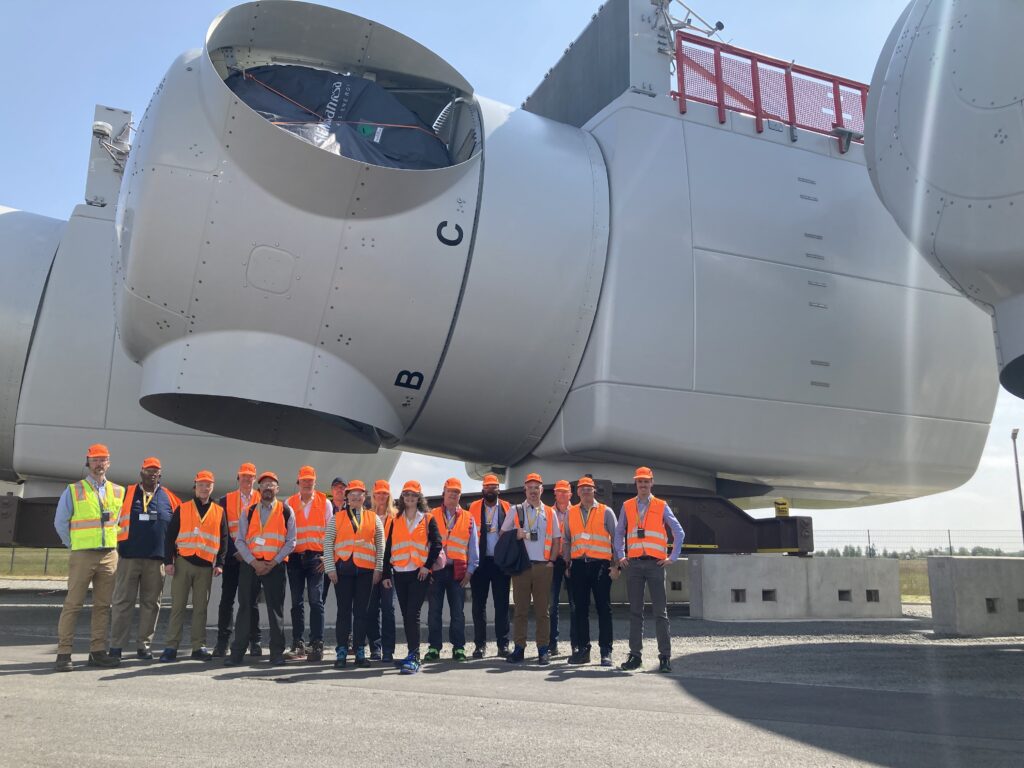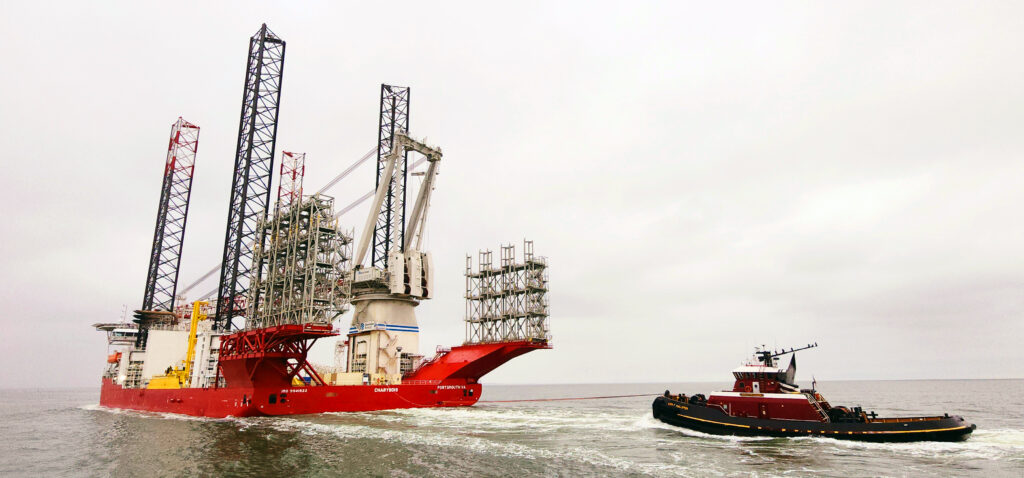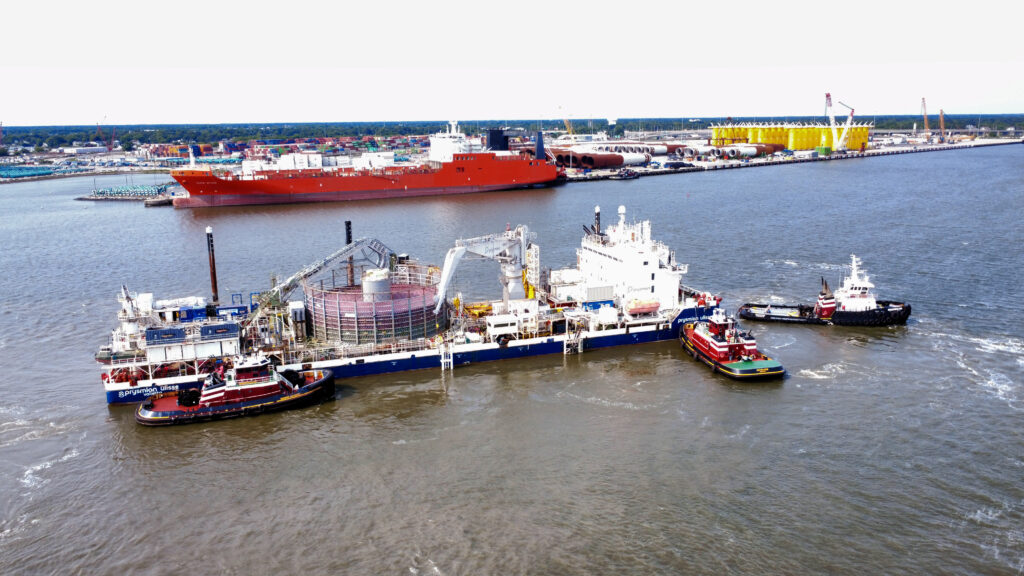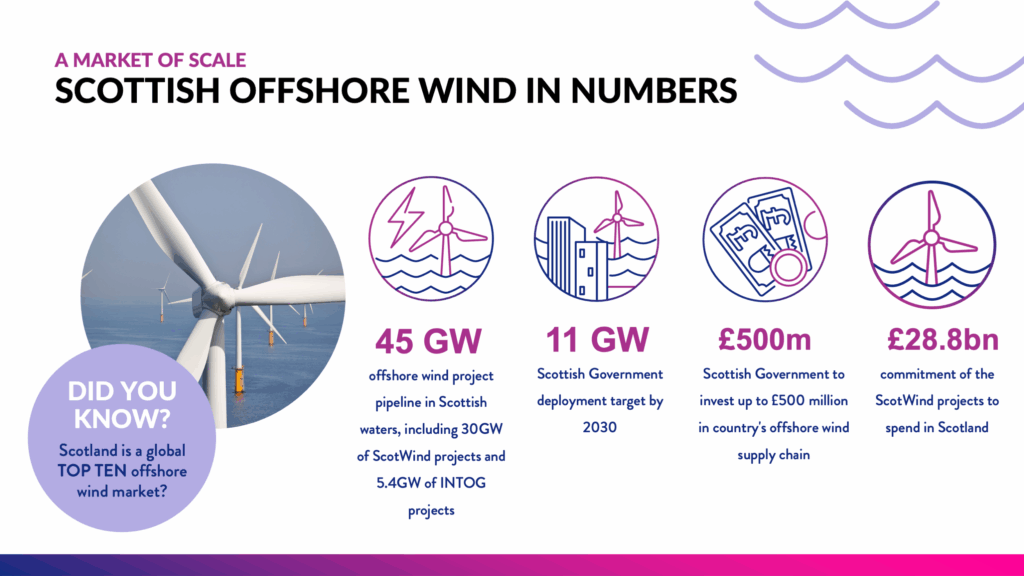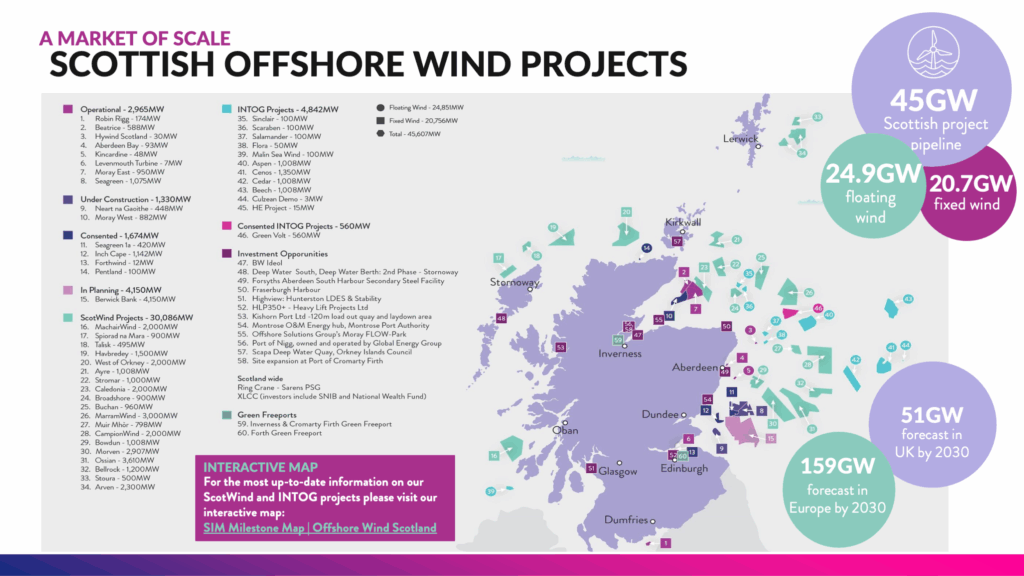As global demand for energy continues to grow, the ocean is emerging as a critical player for potential solutions. Ocean Visions—a science-based nonprofit—works across disciplines and sectors to catalyze innovations that could counter climate and ocean disruptions. One promising approach is marine carbon dioxide removal (mCDR). While countries seek to scale up ocean-based renewable energy production, mCDR could safely and durably remove legacy emissions from the atmosphere.
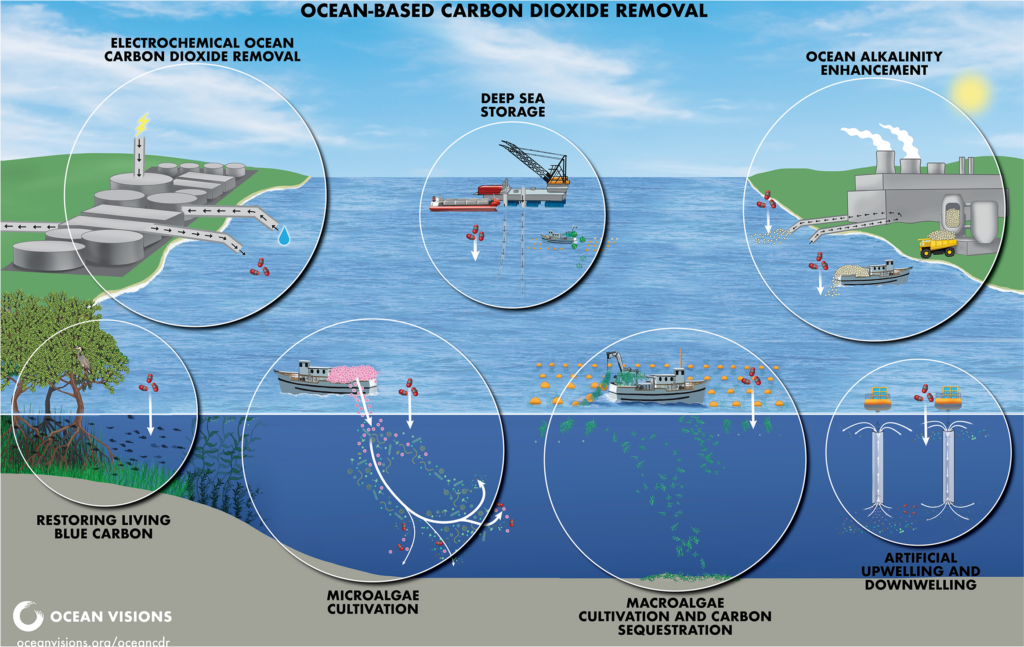
We spoke about this emerging technology with Ocean Vision’s Nikhil Neelakantan and Ruth Driscoll-Lovejoy, who will lead a session at the 2026 International Partnering Forum (IPF), “Opportunities in Marine Carbon Dioxide Removal for the Marine Sector,” on Wednesday, February 11. Here’s your sneak peek into this not-to-be-missed session:
Q: What is Ocean Visions and its role in mCDR?
Driscoll-Lovejoy: Ocean Visions is a science-based nonprofit working to identify, co-design, evaluate, and support potential solutions to counter and reverse climate disruptions impacting the ocean. We focus on critical arenas, like the mCDR field, that are underinvested, and we catalyze efforts to develop and test innovation. In the mCDR space, we act as a field builder—launching initiatives that accelerate innovation, support research and development, and establish frameworks for responsible governance.
Q: Why participate in IPF?
Driscoll-Lovejoy: The ocean is an interconnected place. Multiple mCDR pathways are viewed as relatively new concepts or technologies, yet the research and monitoring infrastructure needed to ensure mCDR develops responsibly overlaps with the needs of other marine sectors. We will be paying attention to what the mCDR field can learn from other marine fields and industries, especially in regard to engineering innovations, piloting projects, and crossover applications.
Q: What will attendees learn at your IPF session?
Driscoll-Lovejoy: Attendees will gain a foundational understanding of mCDR and why it’s a growing field. Our panel of experts will dive into mCDR research and development and highlight opportunities for companies already in the marine sector to participate. This could include developing systems to improve the efficiency of mCDR technologies, such as reducing the energy required to pump water, or improved sensors for carbon measurement.
Q: Who’s joining the panel?
Neelakantan: Garrett Boudinot, CEO and founder of Vycarb, brings expertise in scalable carbon capture and monitoring systems. Sophie Chu, Principal Oceanographer & Director of MRV at Captura, will share insights on removing CO₂ from seawater and measuring environmental impacts.
Q: What are the biggest challenges facing mCDR?
Driscoll-Lovejoy: Novel mCDR technologies face hurdles including securing sufficient research and development funding and engaging key stakeholders and decisionmakers. Contributing to these challenges are; fragmented coordination of activities within the mCDR field and other marine sectors; public perception and awareness and aversion to the performance of novel or new marine activities; and finally, governance challenges for in-ocean field research.
Q: How do you see the marine sector contributing to the scale-up of mCDR technologies?
Driscoll-Lovejoy: The marine sector will provide infrastructure like seagoing vessels, aquaculture systems, and monitoring platforms, as well as contribute to baseline datasets that are necessary for testing mCDR technologies in real-world ocean environments. In a more comprehensive way, the marine sector hosts communities that the inchoate mCDR field should learn from and join.
The role of the marine sector is not just a technical one, but a social one, helping to support responsible research which means the methods used follow best practices for equity, transparency, and alignment with ocean and human health.
Q: What is the Ocean Visions Launchpad program?
Neelakantan: Developed in 2021, Launchpad is a free accelerator program that connects innovators with expert advisors to optimize technologies and minimize negative environmental effects. It provides scientific and engineering guidance to help companies advance ocean-based carbon removal solutions.
Q: What resources are available for those looking to learn more?
Driscoll-Lovejoy: I encourage folks to look at Ocean Visions’ Ocean-Based Carbon Dioxide Removal Road Maps, which outline the technology readiness, scaling potential, uncertainties, obstacles, opportunities, and first-order priorities for mCDR technologies. I also recommend two interactive tools: the mCDR Ecosystem Database and mCDR Field Trial Database. The Ecosystem Database is an up-to-date repository of actors, activities, and collaborators engaged across the rapidly growing mCDR field. Similarly, to increase awareness of the state of development and improve knowledge-sharing across the ocean-climate community, the Field Trial Database includes information on different mCDR pathways being tested, details of carbon dioxide sequestration, monitoring, reporting, and verification (MRV) strategy, and lessons learned from the trials. Additionally, you can view key metrics and see the geographical spread of mCDR field trials around the world.

